You might be familiar with the work of Justin Walters through his work with Marin Instruments, which burst onto the microbrand watch scene back in 2021 with a unique, contemporary spin on the classic skin diver. Justin has just launched a new brand, the Alterum Watch Company, which he’s been teasing to those of us in the industry for nearly as long. It’s great to see the watch finally made public, and to see Justin fully emerge as one of the most interesting watch design minds working today. Between this initial release for Alterum and the ongoing work with Marin, we’re seeing a clear, modern aesthetic evolve right before our eyes. Best of all, these watches are accessible to just about anyone, proving once again that you don’t need to spend a small fortune for thoughtful and interesting design.*
The working principle behind the Alterum Worldtimer is one of simplicity, or “cutting away the chaos,” as Justin puts it. We’ve heard and seen this before, of course. Many brands attempt to reach a minimal design, but it’s hard to think of one that starts with a worldtimer, a genre of watch that’s busy almost by definition. But it’s a good test, when you think about it. If the goal of Alterum as a brand is simplicity and clarity, finding success with a worldtimer would seem to bode quite well for future projects. In many ways the Alterum Worldtimer feels familiar, at least in its functionality, but when you really start digging into the details you come to understand just how much has been stripped away.*
The dial of the Alterum Worldtimer is made up of a series of rotating discs. The innermost disc reads the minutes via a single white hash mark, with the hours tracked via the second disc, and the third displays 24 hour time. At the dial’s perimeter you’ll find the expected cities disc common to most worldtime watches. What really sets the Alterum apart is the complete lack of traditional hands. All time telling is read through these discs, resulting in a great deal of leftover negative space at the dial’s center.*
The design inspiration, according to Walters, was rooted in architecture. Frank Lloyd Wright’s Guggenheim Museum and the layout of Apple Park in Cupertino were the primary drivers of the Worldtimer’s design. Both spaces (the Steve Jobs Theater at Apple, specifically) are built on the idea of concentric circles, and the Guggenheim in particular has a sculptural quality that is well represented in the final design of the watch. Walters also drew inspiration from post-war design and culture, citing everything from the furniture design of Ray and Charles Eames to the rise of method actors like Marlon Brando and even the wide adoption of and interest in California surf culture.*
The stainless steel Alterum Worldtimer measures in at 38.5mm in diameter and 10.5mm tall. It’s an integrated bracelet design, with a tapered bracelet meeting the case with a double stepped bezel. Two crowns along the right case flank operate the city disc (at 2:00) and take care of winding and setting (the 4:00 crown). The movement is the Sellita SW330-2 GMT caliber, which has 56 hours of power reserve when fully wound.*
The press materials for the Alterum Worldtimer tease future colorways for this watch (including a nearly blacked out variant as well as one that is fully gold plated) as well as compelling jump hour design with rectangular case a similar “no hands” design. It’s clear that Walters is not short on ideas, which is probably the most exciting thing about this release beyond the watch itself. The Alterum project is one we’ll be tracking closely in the months and years ahead.*
The debut Alterum Worldtimer is limited to 100 pieces and carries a retail price of $3,315. It’s available exclusively through Grail Watch. Alterum*
Images from this post:
The post Introducing the Alterum Worldtimer, a Minimalist Take on a Notoriously Busy Complication appeared first on Worn & Wound.
More...



 Likes:
Likes: 

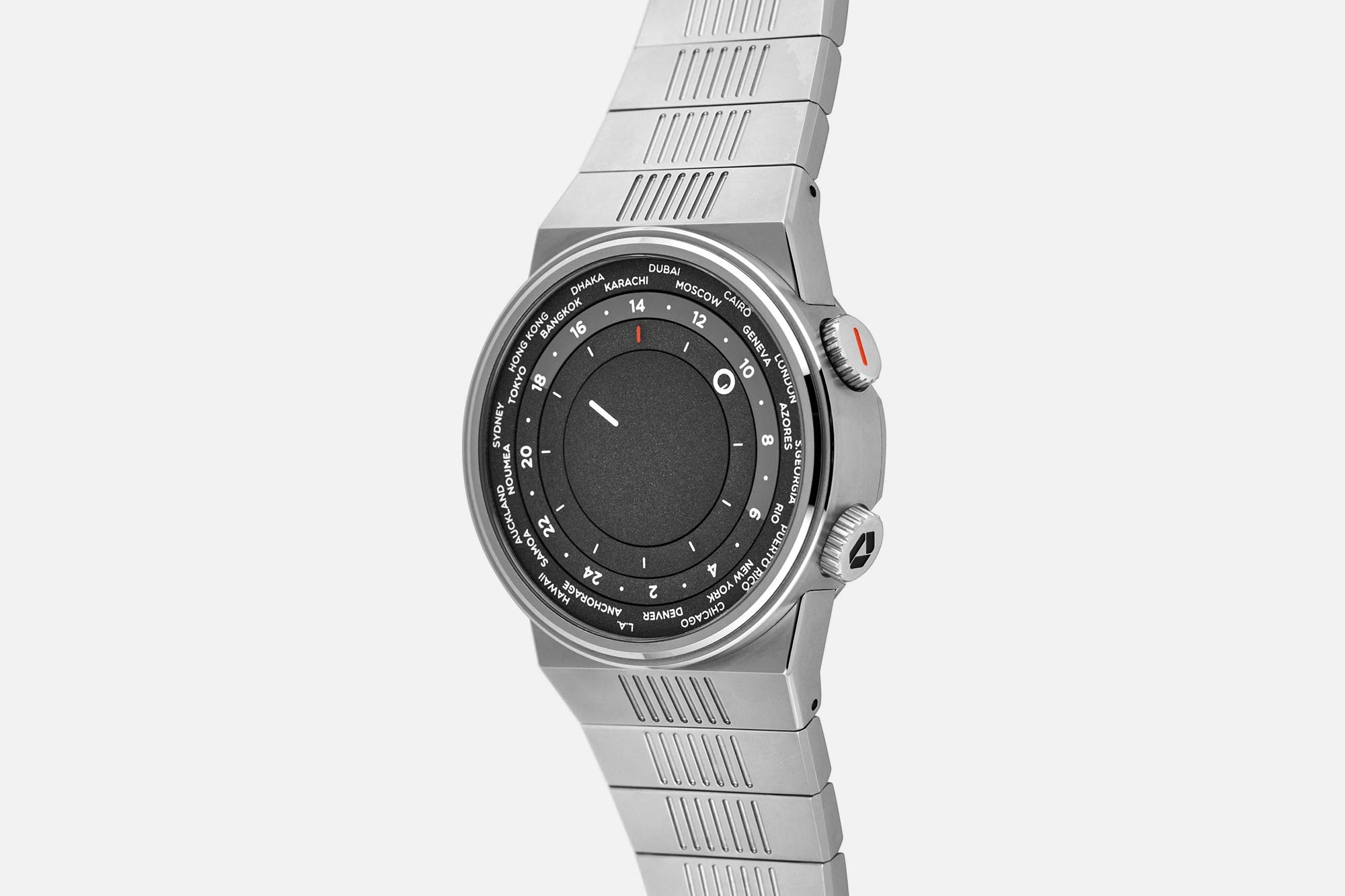
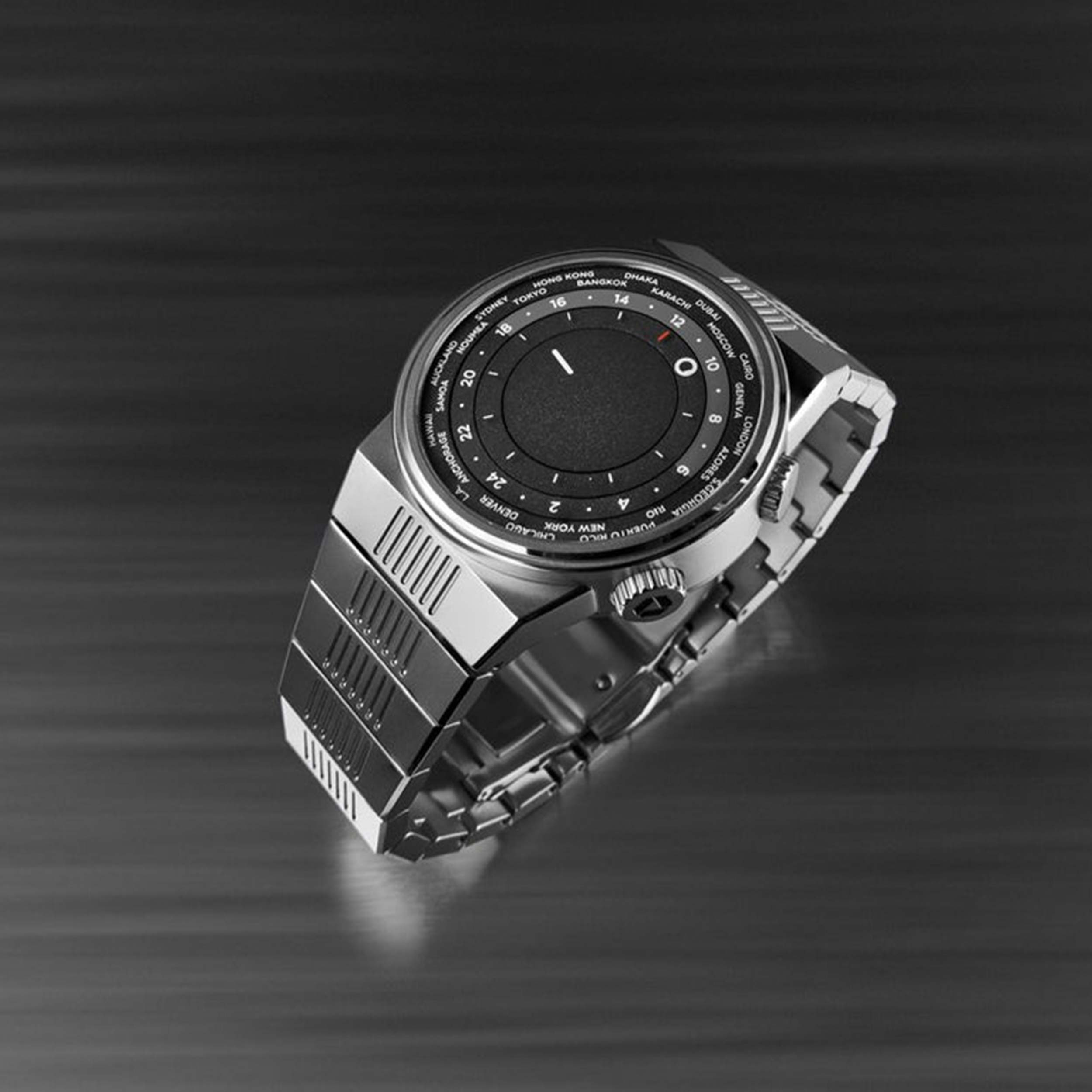
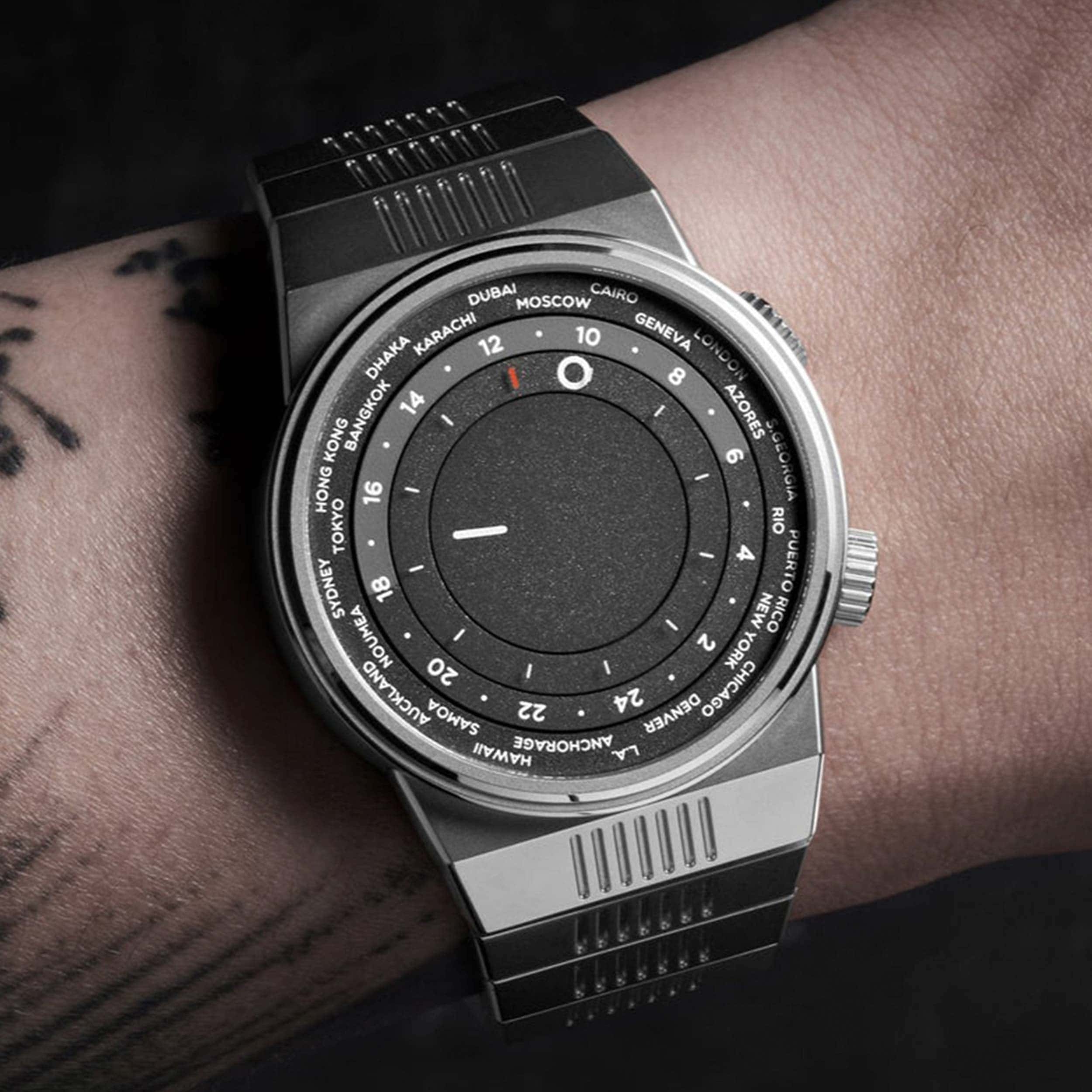
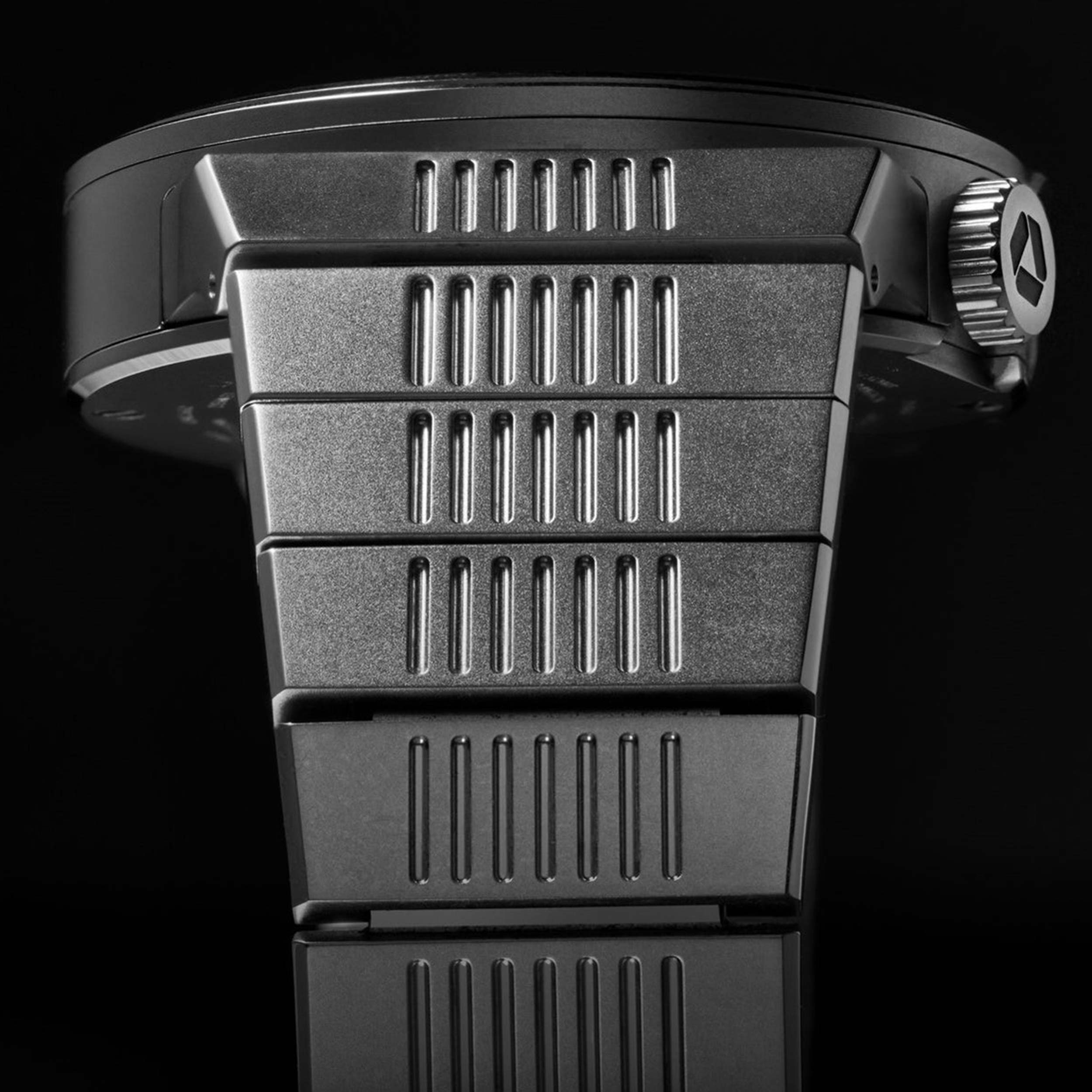
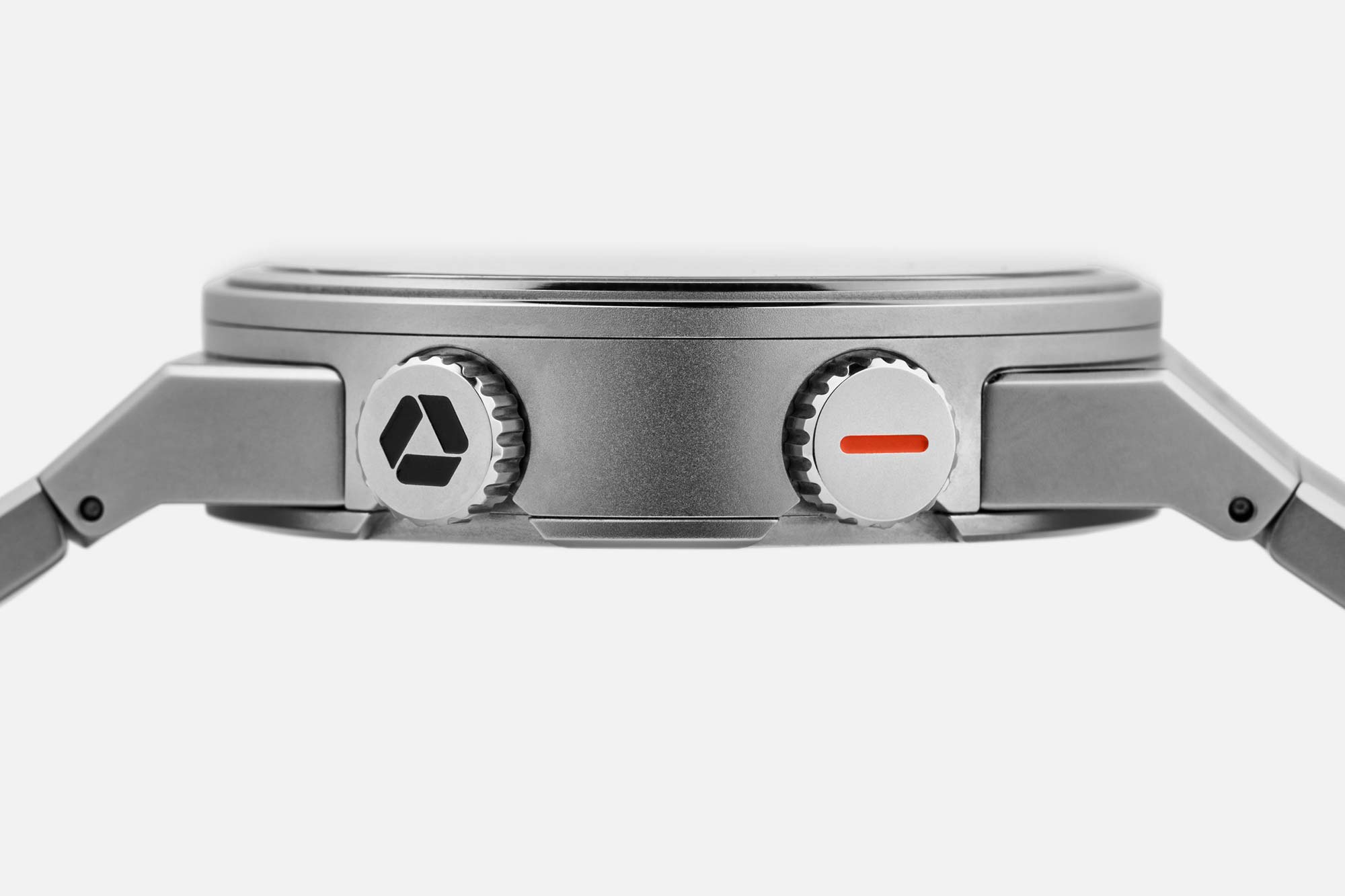

 Reply With Quote
Reply With Quote